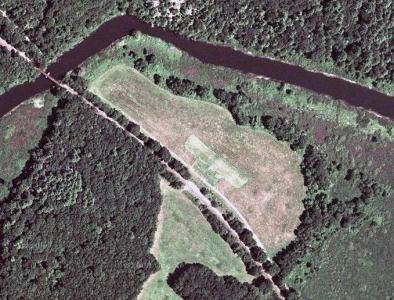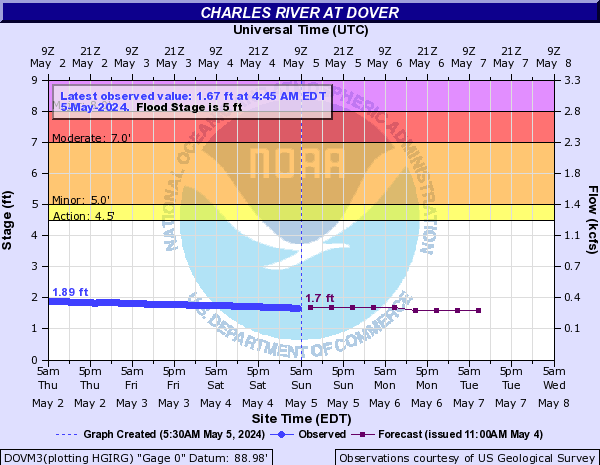All General CRRC Field Rules Apply
- Gate must be locked CLOSED at all times.
- You must be a member of CRRC or MMAC to have keys to the gate. The lock is changed each winter (in late February or early March) and new keys are required each year.
- Novice and student pilots will not fly their aircraft alone at the field until they have soloed in the presence of a club instructor.
- No more than four aircraft (glow, gas or electric, including helicopters) may be flown at one time.
- All non-glider pilots MUST use pilot stations when flying.
- Pilots will stay off runway except during take off or to retrieve a stalled aircraft.
- Pilots may not fly for more than 15 minutes when other pilots are waiting to fly.
- All takeoffs and landings will be made along runway direction. Takeoffs or landings may not go directly across the runway.
- When flying or working in the pits on liquid-fuel models, a fire extinguisher must be readily available.
- After completing a flight, pilots must turn off engines and radios and carry their planes to the pit area.
- No pilot will taxi, take off, or land in the pit or parking areas.
- Spectators must stay off runway at ALL times. Spectators must stay out of pit area unless invited by a club member.
- No engine adjustments or repairs may be made on the runways.
- In general, when the field is busy (more than 2 aircraft in the air) all aircraft including helicopters and electrics should follow an agreed upon racetrack flight pattern.
- No internal combustion engine shall be started or flown before 9 AM. Quiet electrics and gliders may be flown before 9AM.
- Club Safety Officers of CRRC and/or MMAC are in charge while at the field.
- All model aircraft must give right of way to full-scale aircraft.
- Aircraft with engine out has right of way when pilot declares "DEAD STICK". The pilot will do his best to land the aircraft in a prompt, safe manner.
- Aircraft on final approach has right of way over aircraft waiting to take off.
- A pilot retrieving his stalled aircraft on the runway has right of way over all aircraft. He must make his intentions known and proceed only when it is safe to do so. The stalled aircraft does not have right of way.
- No unannounced high or low speed passes will be made over the runway at an altitude of less than fifty (50) feet. This includes landings and take-off.
- All spectators and flyers must be alerted of all maiden flights of both new and repaired aircraft.
- Helicopter or fixed-wing hovering or any other 3-D maneuver over the runway shall be announced and shall not be performed without the approval of the other pilots flying at the time.
- All transmitters must be kept in the impound area when not in use.
- Frequency pins must be attached to frequency board at ALL TIMES transmitter is on. No transmitter may be turned on without its corresponding pin on the frequency board.
- Transmitters may not be removed from impound unless frequency is clear, or to remove transmitter from the field.
- When there are more than 4 pilots at the field, the pin queue bar must be used. While waiting for your next flight, your pin is placed on the queue bar to the right of the other pins in the queue. Pins move from right to left. When your pin reaches the leftmost end of the queue bar, you are next up.
- Pilots working on a plane should attach their pin to the frequency board with the pin reversed. This signifies that you are not in the air or at a pilot station but the frequency is in use.
- There should be no more active pins (not reversed) on the frequency board than pilots flying.
- All transmitters used at the field must be gold stickered or manufactured after 1992 and on aircraft frequencies.
- All receivers must be on the AMA approved list of those meeting 20 kHz narrow band specifications.
- No alcoholic beverages or illegal drugs are allowed at the field.
- No animals are allowed in the pit area, taxiway, or runway. Owners must restrain their animals.
- Each member or guest is responsible for his/her own litter and must remove such when leaving the field.
- New members of CRRC or MMAC are eligible for field keys but are not allowed to fly until they have been checked out by an approved member, or, in the case of a new pilot, soloed with an approved instructor.
- Both CRRC and MMAC members have equal jurisdiction at the field and equal responsibilities. All pilots must obey the rulings of either clubs safety officers.
- If the total number of rules seem daunting, just remember that Safety & Courtesy = Fun.

